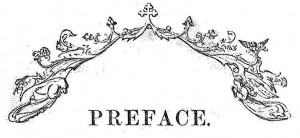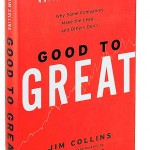
Good to Great #7: Flywheel and the Doomloop
***This is the last post I’m going to dedicate to the 7 principles of the book Good to Great.***
The principle of the flywheel and doomloop is simple. Imagine a giant flywheel suspended on it’s axle that is about two feet thick, twenty feet in diameter, and weighing close to two tons. Getting this wheel to spin requires a great amount of effort and determination. However, once enough momentum is generated the gigantic wheel requires less effort and can spin faster and faster. The wheel gradually builds momentum until it has a breakthrough moment of continual motion with minimal effort. Great organizations follow this same pattern of buildup that creates breakthrough.
The transformation from good to great can often look like a dramatic single-event success story to those observing from the ...




 Jim Collins says in his book
Jim Collins says in his book 







